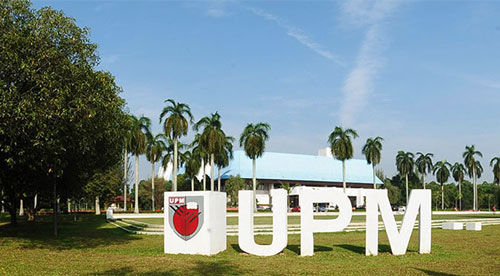STANDARD HISTORY
The history of the ISO 14001 standard starting in 1992 is as shown in Figure 7.
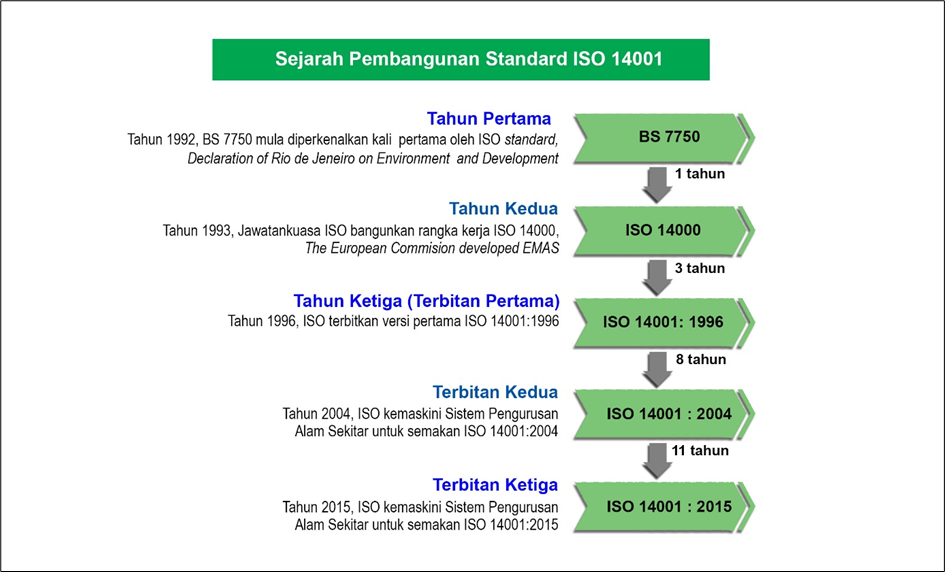
Figure 7 : History of the IS0 14001 Standard (1992 -2015)
IMPLEMENTATION HISTORY
The proposal towards the Environmental Management System (EMS) 14001 certification at UPM was mooted on 18th September 2012 through the 456th University Management Committee (JPU) Meeting related to the UPM Green Campus Steering Committee Report. The JPU meeting at that time agreed that UPM implement EMS to help the green initiative program in achieving the objectives of EMS in terms of saving on the purchase of paper, electricity, monitoring diesel fuel bus smoke emissions and including the handling of chemicals, toxic, radioactive materials and scheduled waste. The JPU meeting appointed the Registrar, UPM as the Management Representative and an environmental expert as the Deputy Management Representative (TWP) of EMS who was also the Secretary of the Green Steering Committee at that time. In accordance with the decision of the JPU and the appointment of the Registrar as the Management Representative, Quality Assurance Division, the Registrar's Office also acted as Trustee for the implementation of EMS ISO 14001 at UPM.
Based on this decision, the EMS implementation planning schedule was submitted to the JPU and it was agreed that UPM obtain MS ISO 14001:2004 certification in 2013 with the appointment of Associate Prof. Dr. Mohamad Amran Mohd. Salleh from the Faculty of Engineering as the Deputy Management Representative (TWP) of EMS based on his area of expertise (Excerpt from the 461st JPU Minutes). The proposed appointment of the Management Representative, TWP EMS, Committee Structure and the cost of EMS implementation are stated through the Minutes of the 461st JPU Meeting (24th October 2012) and the 472nd JPU Meeting Minutes (30th January 2013).
The implementation of EMS at UPM started in 2013 and has successfully obtained ISO 14001:2004 Environmental Management System (EMS) certification on 29th December 2014 with the scope of certification "Teaching and Learning Service Provision". The purpose of setting the scope is to set boundaries in line with the main services provided by the university as recommended by the certification body. The scope of teaching and learning covers management and implementation of research, industry and community networks, development and management of students and alumni and corporate management.
A total of 26 Responsibility Centers (PTJ) involved under the scope of EMS certification as follows:
- All Faculties (including Bintulu Campus) – 16 Faculties
- Centre of Foundation Studies for Agricultural Science
- Taman Pertanian Universiti (currently known as Putra Agriculture Centre ) including the Bintulu Campus
- Centre for Quality Assurance
- Office of the Legal Advisor
- Corporate Strategy and Communication Office (currently known as Centre for Corporate Strategy and Relations)
- Registrar Office
- Bursar Office
- Development Office and Asset Management
- Occupational Safety and Health Management Office
- Student Affairs Division
Next in 2018, UPM implemented the EMS Standard transition with the addition of new requirements based on the ISO 14001:2015 standard and successfully passed SIRIM's 1st Review Monitoring Audit on 12-14 September 2018.
However, after careful consideration, the University Management has agreed to end the EMS certification starting March 2020. This agreement was reached based on the consideration of several factors, among which is the implication of high financial costs to meet the standard requirements and the requirements of the prescribed legislation.
The structure of the EMS Steering Committee is as shown in Figure 8.
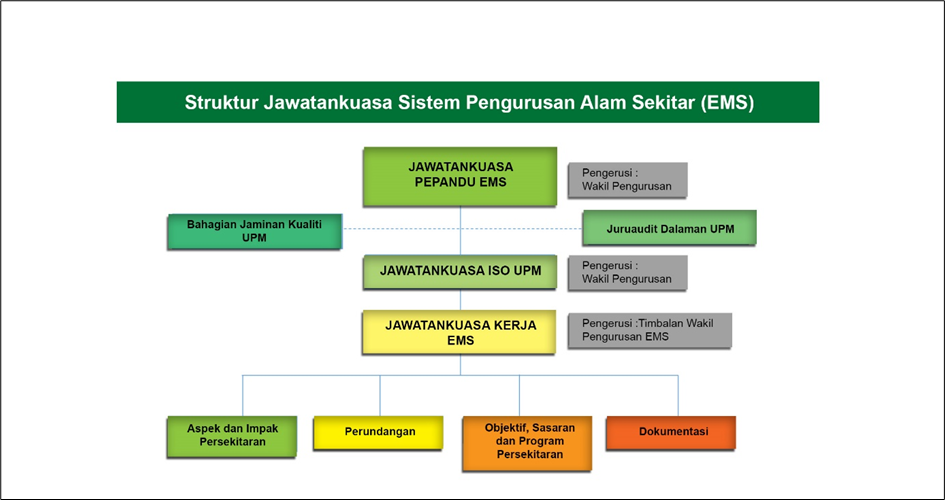
Figure 8: EMS Steering Committee Structure
CERTIFICATION NUMBER
UPM has successfully obtained EMS ER 0909 certification on 29th December 2014 with the scope of certification "Teaching and Learning Service Provision". In 2017, the MS ISO 14001:2004 EMS certification number was amended to EMS 00706 based on the latest ruling by SIRIM.
BASIC SURROUNDING MANAGEMENT SYSTEM
The Environmental Management System policy is made by the University's Board of Directors as authorized by section 20(1) of the UPM Constitution. The following is the statement of Universiti Putra Malaysia Policy (Environmental Management System):
Universiti Putra Malaysia is committed to establishing an effective environmental management system through:
a. compliance with the requirements of laws, regulations and other requirements regarding the environment
especially the prevention of environmental pollution;
b. development of objectives and goals based on environmental impact assessment;
c. re-evaluation and modification of policies, objectives and targets for continuous improvement;
d. cultivation of good practices towards environmental sustainability.
UPM's Environmental Management System Policy Information is as shown in Figure 9.
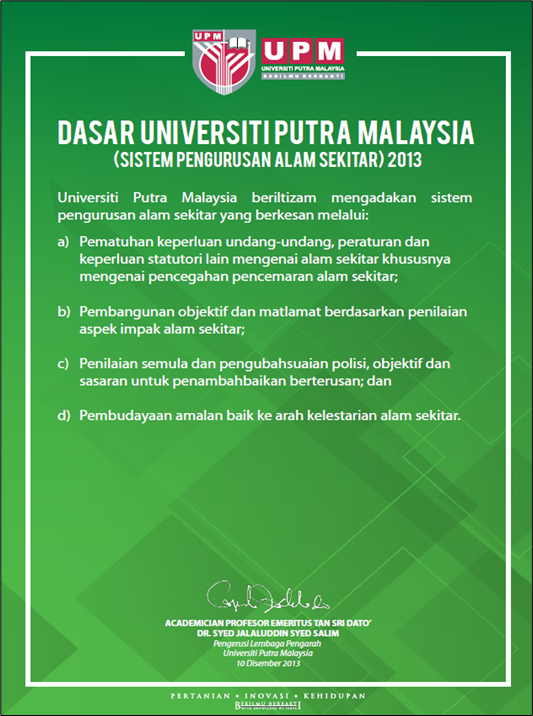
Figure 9 : UPM's Environmental Management System (EMS) Policy
[confirmed by the Chairman of the University Board of Directors dated 10th December 2013]
ISO 14001 CERTIFICATION MAINTENANCE PHASE
Figure 10 shows the phase of maintaining ISO 14001 certification at the UPM level with the chronology of UPM's EMS implementation from 2013 to 2020.
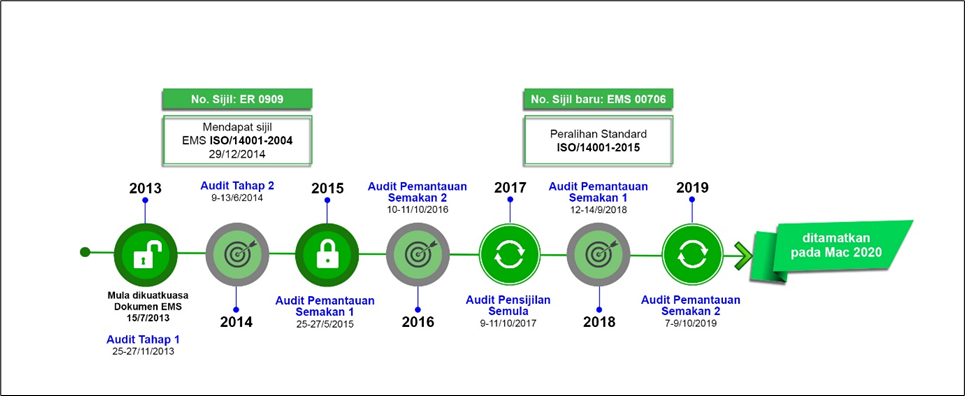 Figure 10 : UPM EMS Implementation Chronology Figure 10 : UPM EMS Implementation Chronology
EMS ISO 14001:2015 CERTIFICATION CHALLENGE
UPM's journey in maintaining EMS certification faces various issues and challenges. Among the challenges faced are as follows:
1. Compliance with the law which is the main requirement in the implementation of MS ISO 14001 cannot be complied with
in each assessment year;
2. Financial resource constraints, i.e. the need for high financial resources to ensure compliance with every legislation related
to the environment at UPM for all PTJ under the scope of certification;
3. Human resource constraints, i.e. the difficulty of obtaining Competent People as required by law (the ability and willingness of
internal staff to meet the prescribed level of competence/training)
4. The scope of Teaching and Learning under the EMS is too broad, i.e. there is an overlap of processes under the scope of the ISO
9001 Quality Management System (QMS) certification with the ISO 14001 Environmental Management System (EMS),
for example scheduled waste management, fume room maintenance and chemical management;
5. The existing EMS implementation at UPM does not support any of the University's Performance Indicators (KPIs) ie PTJ
under the scope of implementing EMS without significant requirements with any of the UPM KPIs and this leads to a
waste of human resources, time and cost; and
6. The boundary in setting the scope of Teaching and Learning cannot be fully understood by the Auditor of the Certification
Body and UPM staff (Auditee).
TERMINATION OF EMS ISO 14001:2015 CERTIFICATION
The 696th University Management Committee (JPU) Meeting on 12th February 2020 after examining and considering all aspects of the challenges faced, Universiti Putra Malaysia has agreed not to continue with the ISO 14001:2015 Environmental Management System (EMS) certification in 2020 due to justification the following:
| 1. |
The University implements EMS unrelated (not significant) to any UPM KPI or expected results (intended outcome) Example: UI-Green Metric Rating; |
| |
|
| 2. |
Universities as an educational organization do not emit the same amount of pollutants into the air as compared to industrial sector organizations industries with a high risk of air pollution levels; |
| |
|
| 3. |
Universities require high costs for the purpose of environmental law compliance to meet the requirements Standard ISO14001:2015 |
| |
|
| 4. |
The University has implemented an environmental control process that has already been applied in the implementation of the Quality Management System (QMS) at UPM without having to carry out repeated actions in the ISO certification 14001:2015; |
| |
|
| 5. |
The university implements an EMS certification scope that is too broad and includes many PTJs involved, giving great implications to resource requirements at UPM; and |
| |
|
| 6. |
The University has implemented green sustainability activities/programs that are more comprehensive than the implementation of EMS to support the UI-Green Metric rating as required by the University. |
Upon careful consideration and the justification presented, the University Management has agreed to end the EMS certification starting March 2020.
|





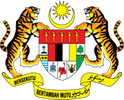











 Figure 10 : UPM EMS Implementation Chronology
Figure 10 : UPM EMS Implementation Chronology
